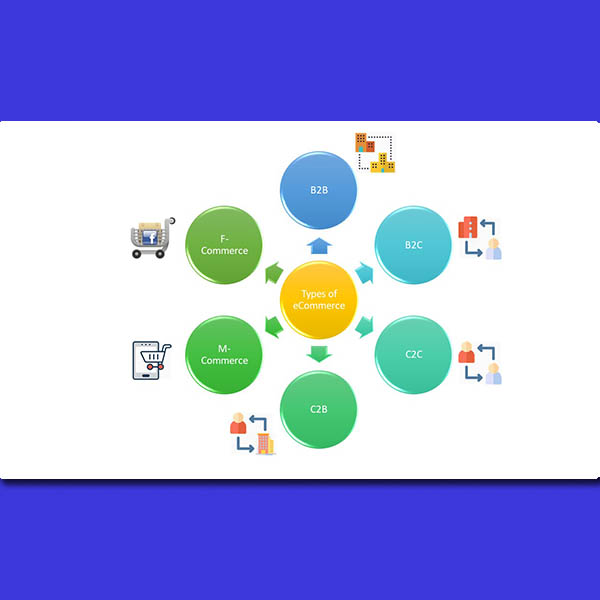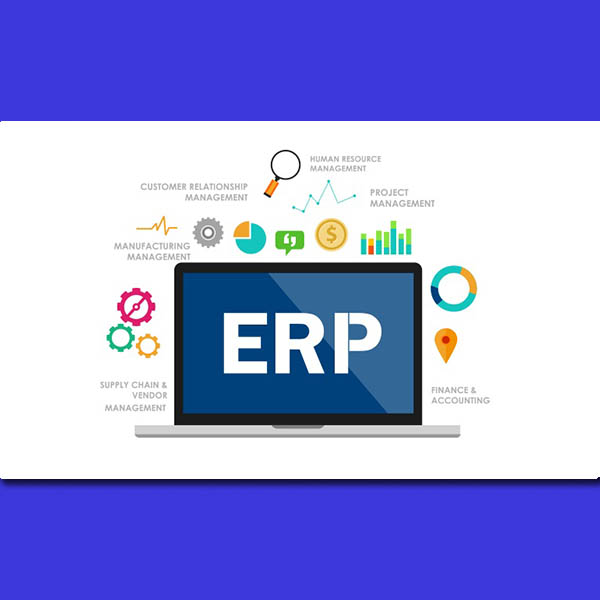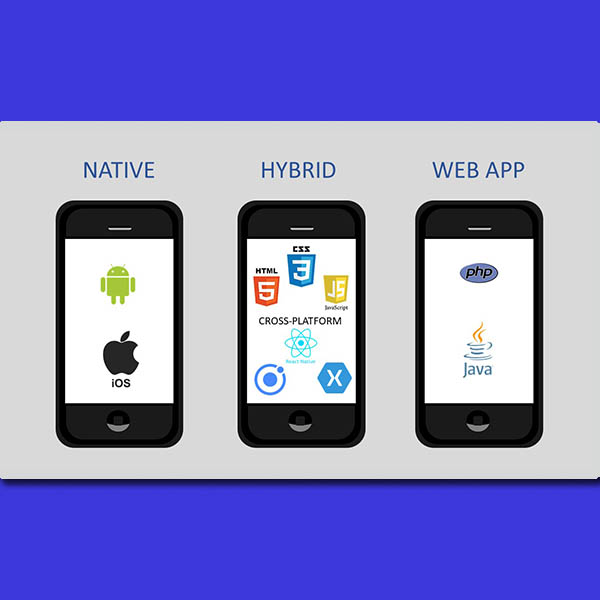
Different Types of eCommerce
eCommerce is electronic commerce. Commerce or business hosted online to buy or sell products or services through electronic transactions with help of internet and browsing online. It’s a online web identity for a business. It does not require conventional brick and morter structure.
Four Traditional Ecommerce Business Models
If you’re starting an ecommerce business, odds are you’ll fall into at least one of these four general categories. Each has its benefits and challenges, and many companies operate in several of these categories simultaneously.
If you’re starting an ecommerce business, odds are you’ll fall into at least one of these four general categories. Each has its benefits and challenges, and many companies operate in several of these categories simultaneously.
- Business-to-Business (B2B)
- Business-to-Consumer (B2C)
- Customer-to-Customer (C2C)
- Customer-to-Business (C2B)
Apart from these traditional models few more emerged during these last few years
- Mobile Commerce (M-Commerce)
- Facebook Commerce (F-Commerce)
Business-to-Business (B2B)
B2B is one of the most common types of e-commerce. This is when a transaction of goods or services occurs between two businesses.
B2B is one of the largest types of e-commerce, with total sales eclipsing $9 trillion in 2018. In fact, B2B is expected to be double the size of B2C by 2020.
In a B2B business model, a business sells its product or service to another business. Sometimes the buyer is the end user, but often the buyer resells to the consumer.
The B2B model generally means a longer sales cycle, but higher order value and more recurring purchases.
Business-to-Consumer (B2C)
B2C is the most common business model, so there are many unique approaches under this umbrella. B2C occurs when a business sells a good or service to a consumer. The entire transaction occurs online.
Goods can be purchased through B2C e-commerce as well. The purchase of a physical goods from website like Amazon is considered a B2C transaction.
The decision-making process for a B2C purchase is a much shorter than a business-to-business (B2B) purchase, especially for items that have a lower value.
In the B2C relationship, consumers often choose goods or services that have low prices, and research shows that consumers value expedient and affordable shipping.
Customer-to-Customer (C2C)
Although businesses don’t have as large of an impact on this type of transaction, customer-to-customer (C2C) transactions are still important. These transactions rely on a third party to act as an intermediary.
As an example, consider Olx or Quikr. While Olx isn’t selling or purchasing goods, they’re providing a service to their users. Payments are safely done through Olx’s site, and the buyer’s and seller’s information is transferred online. In this C2C relationship, the intermediary doesn’t facilitate shipping, though, as that service is generally provided by the seller.
A C2C business connects consumers to exchange goods and services and typically make their money by charging transaction or listing fees.
Companies like Olx and eBay pioneered this model in the early days of the internet.
C2C businesses benefit from self-propelled growth by motivated buyers and sellers, but face a key challenge in quality control and technology maintenance.
Customer-to-Business (C2B)
C2B businesses allow individuals to sell goods and services to companies.
A lesser-known form of e-commerce, C2B is similar to C2C in that an intermediary is often required. In this transaction, the consumer acts as a seller and the business acts as a buyer.
The C2B ecommerce model’s competitive edge is in pricing for goods and services.
This approach gives consumers the power to name their price or have businesses directly compete to meet their needs.
Stock photos are an excellent example of a C2B transaction. The consumer takes a photo and uploads it to a stock photo site. The business then pays for the right to use the stock photo. The intermediary site hosts the transaction, transferring the money and information online.
Mobile Commerce (M-Commerce)
One interesting development in online traffic has been the booming growth of cell phone use. In fact, the majority of internet use occurs on mobile phones. Unsurprisingly, this has correlated with the growth of m-commerce. Currently WhatsApp Business is one of its kind, where you can do products display and sell on WhatsApp business
M-commerce can look like another type of e-commerce. For example, a B2C purchase that takes place on a mobile device is considered both B2C and m-commerce.
Because it incorporates other types of e-commerce, m-commerce has established itself as an e-commerce leader. In 2017, m-commerce made up 34.5% of all e-commerce. By 2021, m-commerce is expected to make up 53.9% of all e-commerce, and growth should only continue from there.
To keep up with competitors, all e-commerce businesses need to use responsive, mobile-friendly sites and checkouts. As more people go mobile, sites also need to do a better job of targeting mobile users.
Facebook Commerce (F-Commerce)
With over 3.5 billion users worldwide, the growth of social media has changed e-commerce. The biggest social media site, Facebook, realized that it could keep its users on-site longer by offering a platform to buy and sell goods and services. The result was Facebook-commerce. While F-commerce refers directly to Facebook, the term is often used to describe e-commerce on social media sites as a whole.
Much like m-commerce, F-commerce can consist of other types of e-commerce sales, such as B2B or B2C. A sale that takes place on a mobile device via Facebook would be considered both m-commerce and F-commerce.
F-commerce doesn’t command the same market size as other types of e-commerce, but that could be because it’s a relatively young development. With billions of people checking social media, F-commerce is a space where e-commerce companies are always looking to expand.


